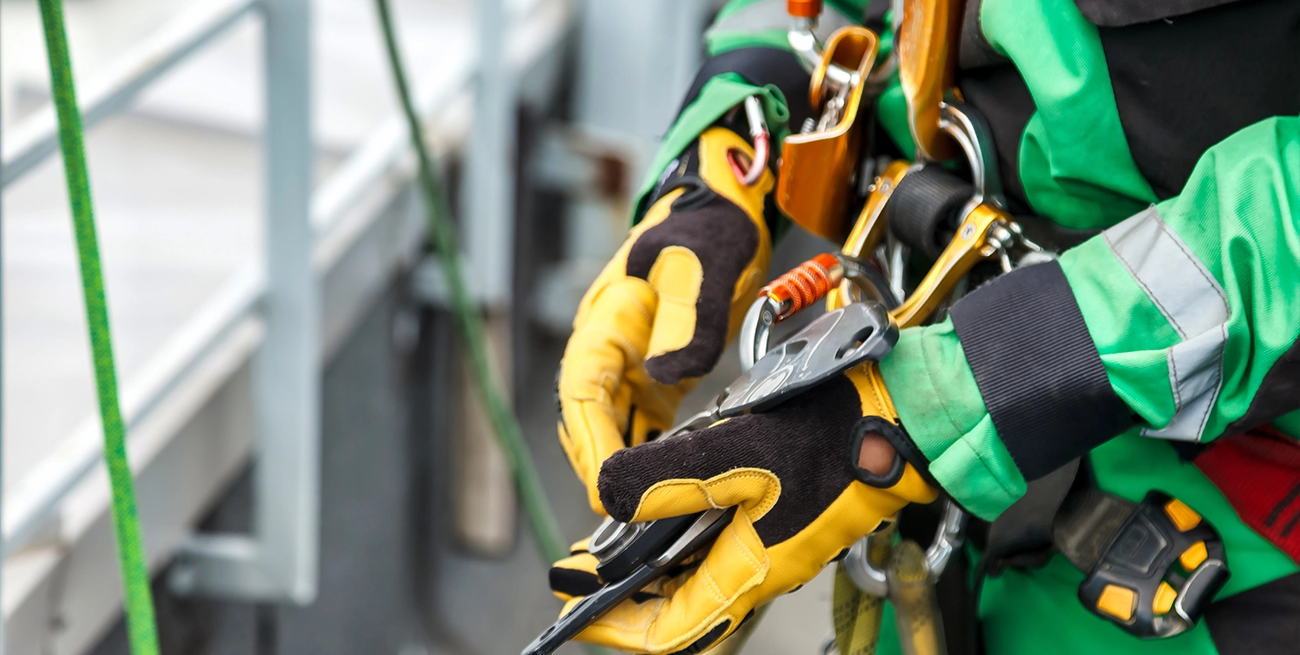What PPE Does an Employer Have to Provide?

In industrial settings, ensuring employee safety is paramount. A critical component of this is providing the appropriate Personal Protective Equipment (PPE). Understanding employer obligations regarding PPE can aid those involved in purchasing industrial supplies.
OSHA's General Requirements
The Occupational Safety and Health Administration (OSHA) mandates that employers assess workplace hazards and determine necessary PPE. According to 29 CFR 1910.132, employers must:
- Conduct a hazard assessment to identify potential risks.
- Select and provide appropriate PPE to protect employees from identified hazards.
- Ensure PPE is of safe design and construction for the work performed.
- Train employees on the proper use, maintenance, and limitations of the PPE.
Types of PPE Employers Must Provide
Employers are required to provide, at no cost to employees, PPE that is necessary to protect against workplace hazards. This includes:
- Eye and Face Protection: Safety glasses, goggles, and face shields to protect against flying particles, molten metal, liquid chemicals, acids, or caustic liquids. These must comply with ANSI Z87.1 standards.
- Head Protection: Hard hats to protect against impact and penetration from falling objects, and electrical shock. These should meet ANSI Z89.1 standards.
- Foot Protection: Safety-toe footwear to guard against falling or rolling objects, or objects piercing the sole. Footwear must comply with ASTM F2412 and F2413 standards.
- Hand Protection: Gloves suitable for protection against chemicals, cuts, abrasions, punctures, and temperature extremes.
- Respiratory Protection: Respirators to protect against inhalation of harmful dusts, fumes, vapors, or gases. Employers must implement a respiratory protection program as outlined in 29 CFR 1910.134.
- Hearing Protection: Earplugs or earmuffs when noise levels exceed permissible exposure limits.
- Fall Protection: Harnesses, lanyards, and other equipment to prevent falls from heights, as required in construction and general industry standards.
Exceptions to Employer-Provided PPE
OSHA allows certain exceptions where employers are not required to pay for PPE:
- Non-specialty safety-toe protective footwear and non-specialty prescription safety eyewear, provided they are permitted to be worn off the job-site.
- Everyday clothing and weather-related gear (e.g., coats, jackets, gloves, parkas, rubber boots, hats, raincoats, ordinary sunglasses, and sunscreen) used solely for protection from weather.
- Employee-owned PPE: If an employee chooses to provide their own PPE, the employer must ensure its adequacy, maintenance, and sanitation, but is not required to reimburse the employee.
These exceptions are detailed in 29 CFR 1926.95.
Best Practices for Industrial Supply Purchasers
For those responsible for procuring PPE, consider the following:
- Stay informed about OSHA standards and ensure all PPE meets the required specifications.
- Maintain an inventory of PPE that covers all identified hazards in the workplace.
- Establish relationships with reputable suppliers to ensure timely availability of quality PPE.
- Implement a system for regular inspection, maintenance, and replacement of PPE.
- Provide training materials and sessions to ensure employees understand the proper use and care of PPE.
Wrapping It Up
Ensuring compliance with OSHA's PPE requirements not only safeguards employees but also minimizes potential legal and financial repercussions for employers. By understanding and fulfilling these obligations, those involved in purchasing industrial supplies play a crucial role in maintaining a safe and compliant workplace.


